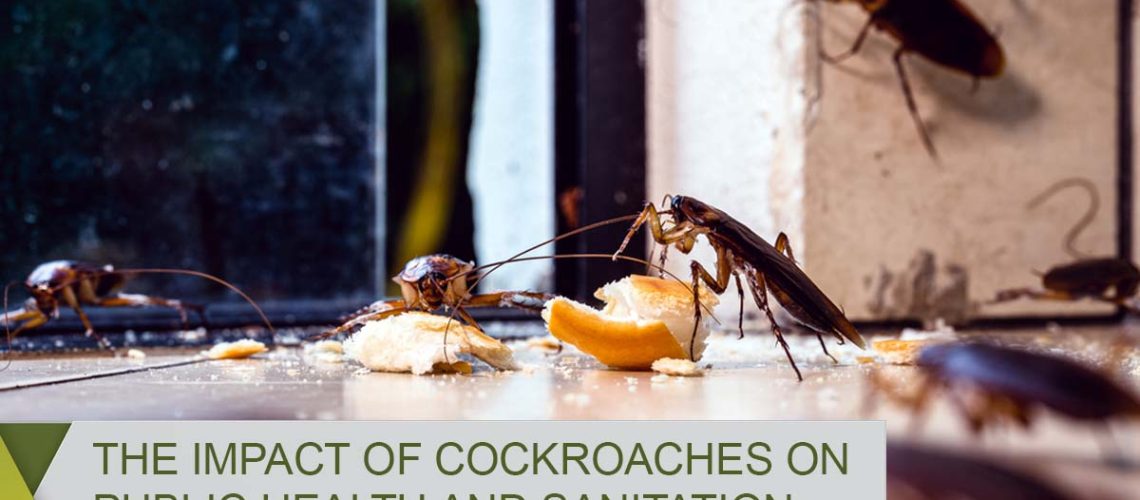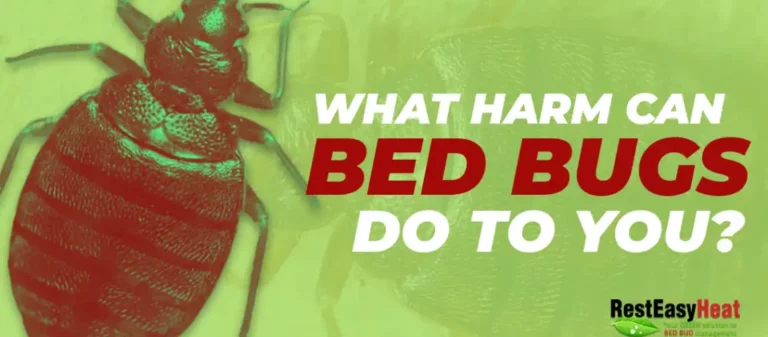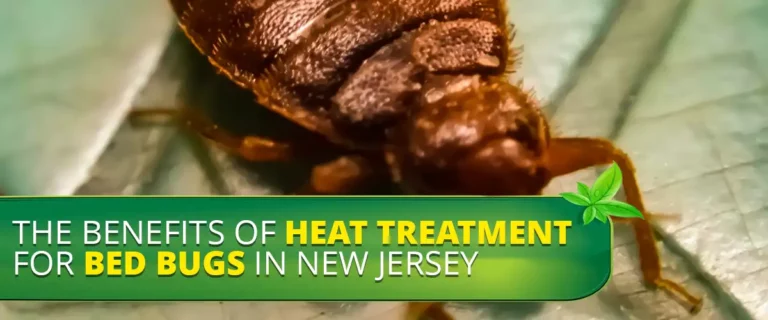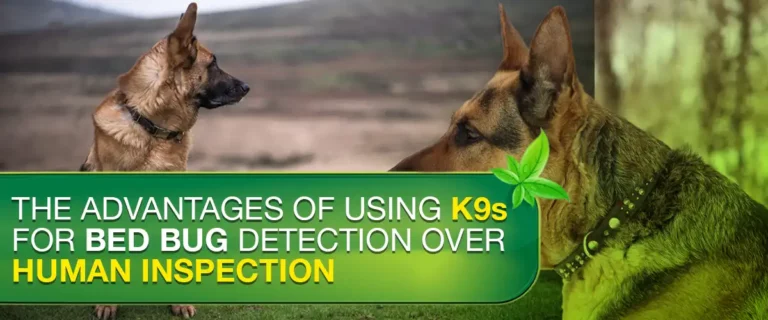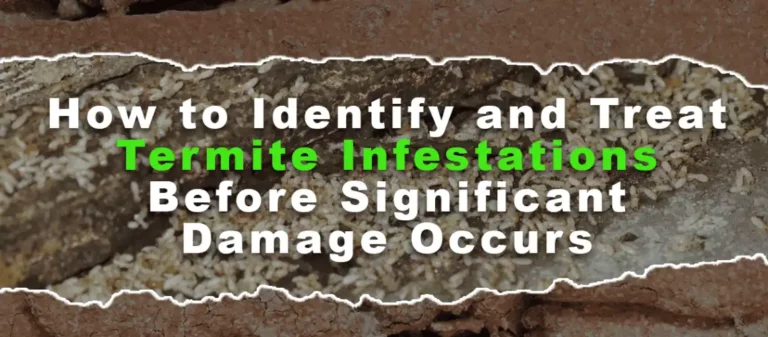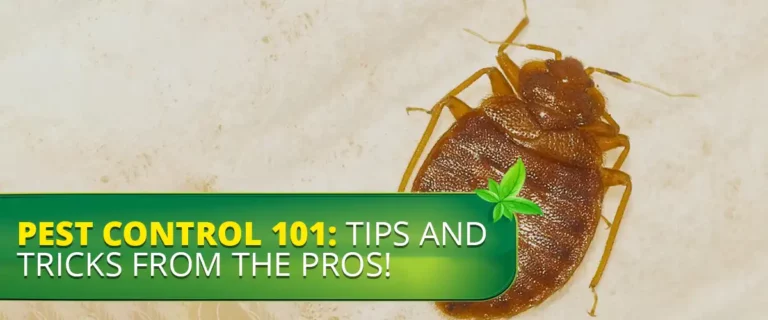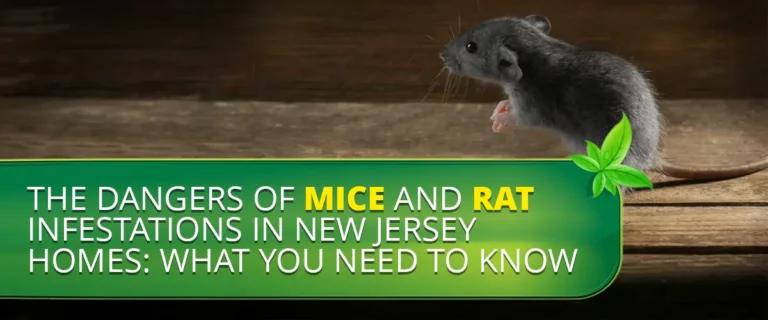Cockroaches, commonly found in various parts of the world, are more than unpleasant pests. They pose significant risks to public health and sanitation due to their ability to spread diseases and contaminate food and living spaces. Understanding the impact of cockroaches on public health is crucial for safeguarding communities and promoting cleanliness.
Today, let us delve deeper into the profound impacts of cockroaches on public health and sanitation discussed below.
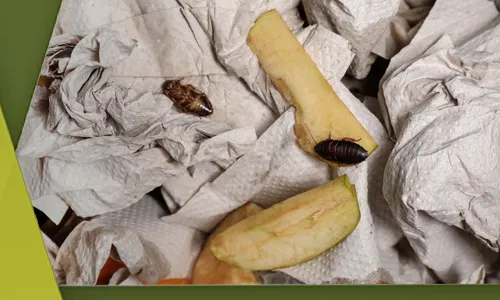
Cockroaches as Diseases Carriers
Cockroaches are notorious for potentially spreading diseases, posing a significant threat to public health. Cockroach control in New Jersey is implemented because of this. They can carry various pathogens that cause serious illnesses such as Salmonellosis, Dysentery, and Typhoid fever. These diseases can have severe consequences, particularly for individuals with weakened immune systems or pre-existing health conditions. Cockroaches carry these pathogens, harboring them in their bodies and spreading them through various transmission mechanisms.
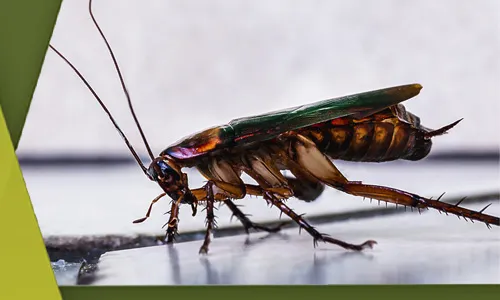
Transmission Mechanisms
The transmission of diseases by cockroaches occurs through multiple routes. Direct contact with cockroaches can transfer pathogens from their bodies to humans, mainly if open wounds or cuts occur. Cockroaches contaminate surfaces by leaving their feces and saliva behind and shed skin, which can serve as breeding grounds for bacteria and viruses.
When individuals come into contact with these contaminated surfaces and then touch their mouths, noses, or eyes, they risk infection. Furthermore, cockroach infestations can release airborne particles, such as fecal matter and body fragments, which can be inhaled, causing respiratory diseases and allergies.
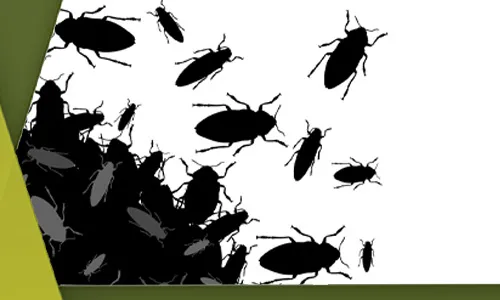
Disease Outbreaks Linked to Cockroaches
There have been numerous disease outbreaks linked to cockroaches over the years. For instance, Salmonellosis outbreaks have been associated with cockroach-infested food establishments where cockroaches contaminate food preparation surfaces and utensils. Dysentery, a bacterial infection causing severe diarrhea, can also be spread by cockroaches through their fecal matter. Typhoid fever, a life-threatening illness, can be transmitted when cockroaches come into contact with food and water sources, spreading the bacteria responsible for the disease. These examples highlight the importance of effective pest control measures to prevent and eliminate cockroach infestations, reducing the risk of disease transmission in residential and commercial settings.

Cockroaches on Contamination of Food and Water
Cockroaches act as carriers of bacteria, pathogens, and allergens. Their presence in kitchens, pantries, and other food storage areas can contaminate food and water sources. Cockroaches carry bacteria such as E. coli and Shigella, and they can contaminate food and utensils by crawling over them or leaving their feces and saliva behind.
Consuming contaminated food and water poses significant health risks to individuals. Bacterial infections, gastrointestinal disorders, and food poisoning can result from ingesting pathogens from cockroaches. These health issues can be hazardous for vulnerable populations of individuals with weakened immune systems.
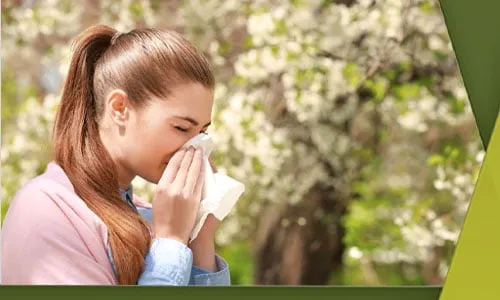
Allergies and Asthma Due to Roaches
Cockroaches are known triggers for allergies and asthma attacks. Their feces, saliva, and body parts contain allergenic proteins that can cause respiratory problems in susceptible individuals. When cockroach allergens become airborne, they can be inhaled, leading to allergic reactions and asthma symptoms.
Studies have shown a higher prevalence of cockroach-induced allergies and asthma in urban areas, where cockroach populations are more prevalent. Exposure to cockroach allergens can worsen symptoms and increase the frequency of asthma attacks, making it crucial to address cockroach infestations in homes and public spaces.
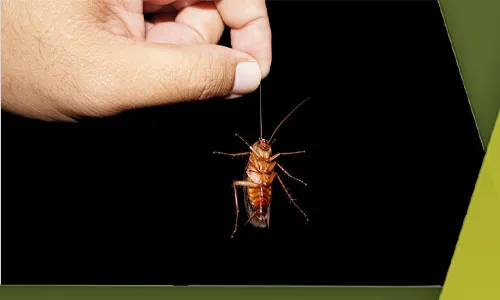
Cockroaches’ Negative Impact on Sanitation
People often consider cockroaches as indicators of unsanitary conditions. Their presence suggests the presence of food debris, inadequate waste management, and poor hygiene practices. Eliminating cockroach infestations is not only important for health reasons but also for maintaining clean and sanitary environments.
Controlling cockroach populations can be challenging due to their ability to adapt and survive in various environments. They are resilient insects that can hide in cracks and crevices, making eradication efforts difficult. In addition to the physical challenges, cockroach infestations also incur significant economic costs on sanitation efforts, such as pest control treatments and property damage.
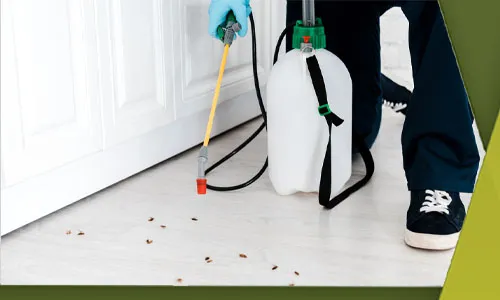
Prevention and Control Measures
Effective prevention and control measures are of utmost importance to combat the detrimental impact of cockroaches on public health and sanitation. This section highlights a few strategies individuals can employ to tackle cockroach infestations.
- Sanitation practices: These methods are vital in reducing cockroach attractants and breeding grounds. Regularly cleaning and removing food debris, sealing cracks and gaps, and proper waste management can help deter cockroaches from infesting an area.
- Physical barriers & pest management techniques: Examples of these techniques, such as sealing entry points and installing window screens, can help prevent cockroaches from entering homes and buildings.
- Professional cockroach pest control: Cockroach control in New Jersey may be necessary for severe infestations. Pest management professionals can assess the situation, identify hiding spots, and implement targeted treatments to eliminate cockroaches effectively.

Final Takeaway
In conclusion, cockroaches pose significant risks to public health and sanitation. Cockroach control in New Jersey helps prevent disease spread, food & water contamination, triggers allergies & asthma, and indicates unsanitary conditions.
Individuals and communities must prioritize preventing and controlling cockroaches to safeguard public health and promote cleanliness. This includes maintaining proper hygiene, eliminating cockroach attractants, implementing physical barriers, and seeking professional assistance when necessary. Taking action against cockroach infestations can create healthier environments and reduce the risks associated with these pests.
Finally, we recognize the far-reaching consequences of cockroaches on public health and sanitation when neglected. To prevent this, let us work together to ensure a cleaner and healthier environment for everyone!

